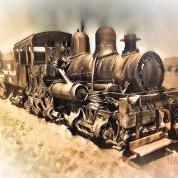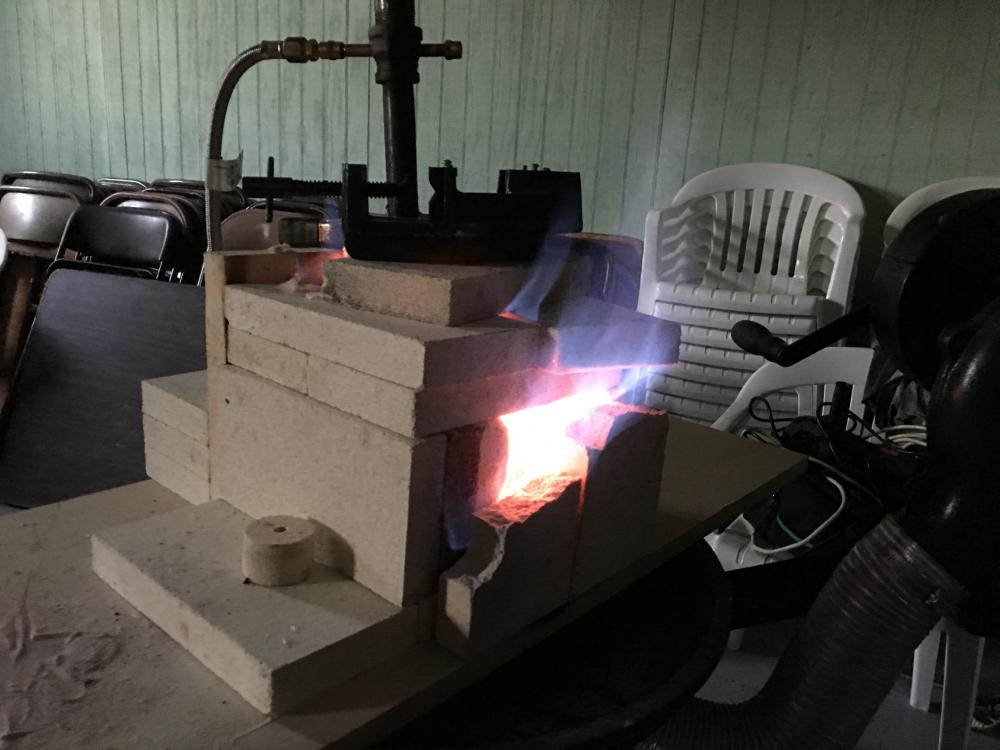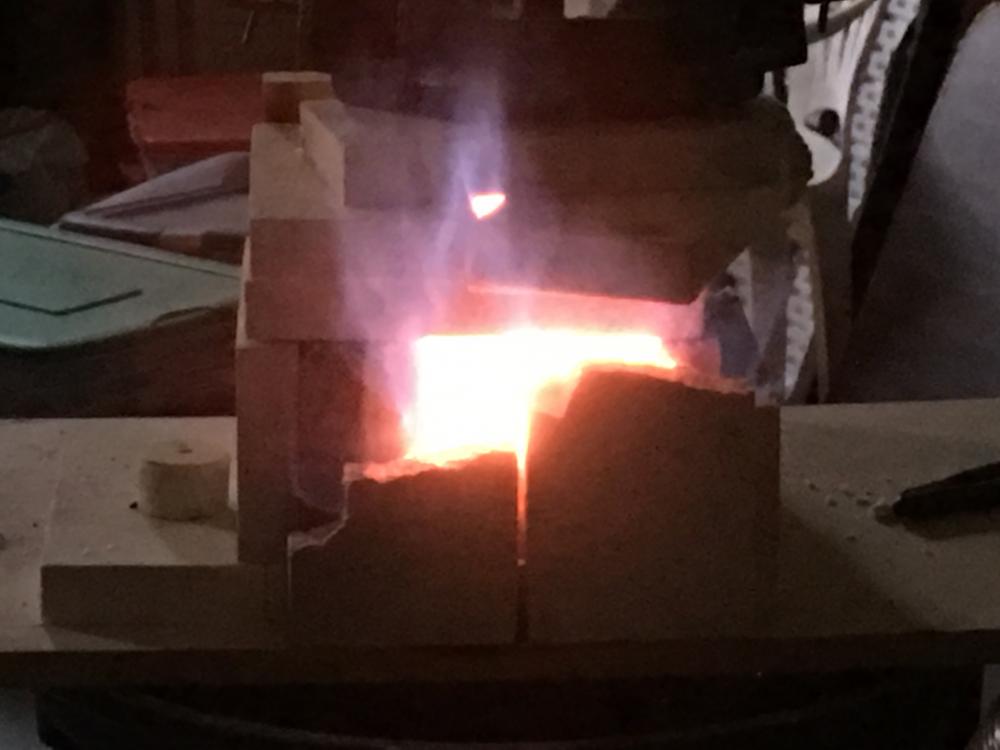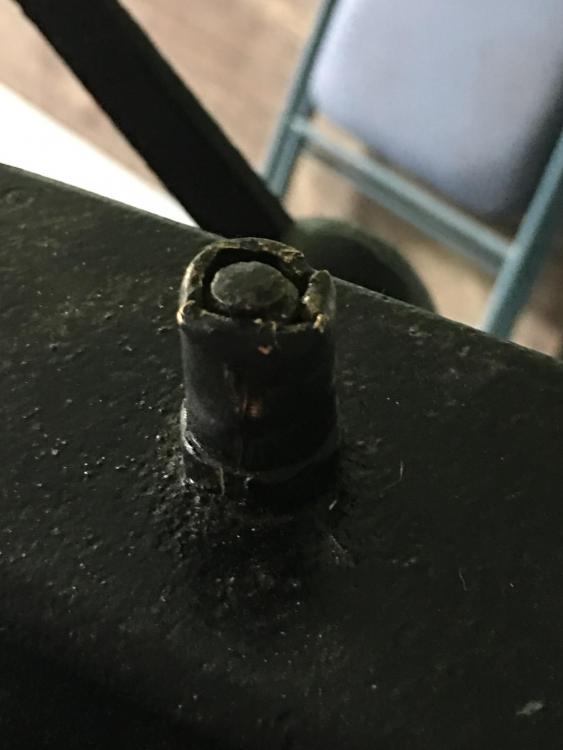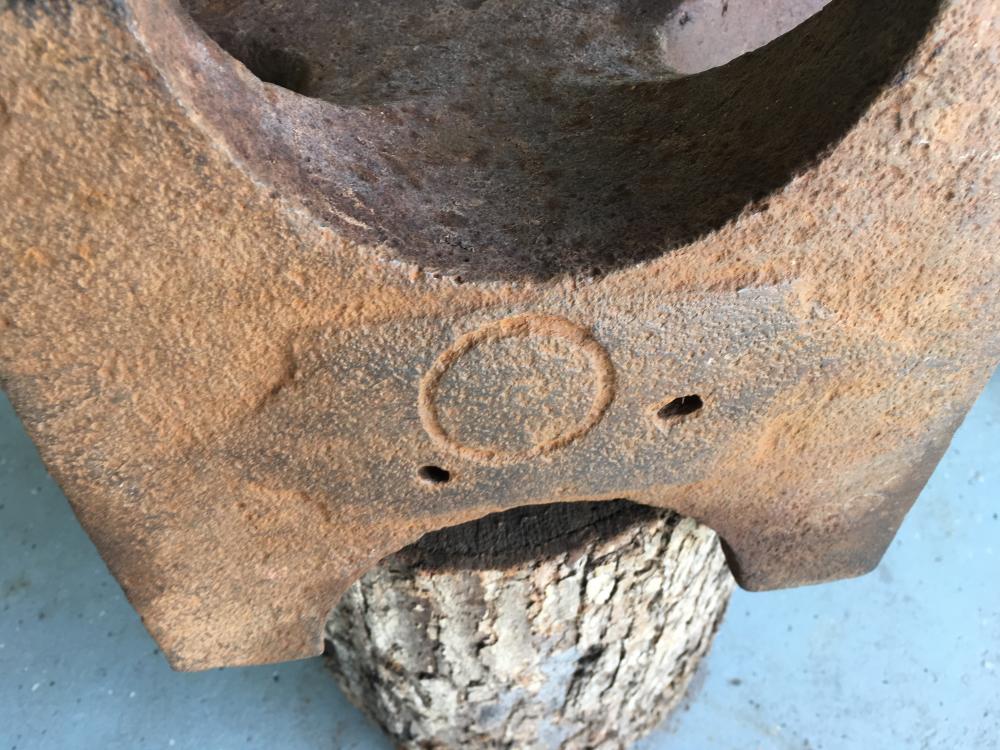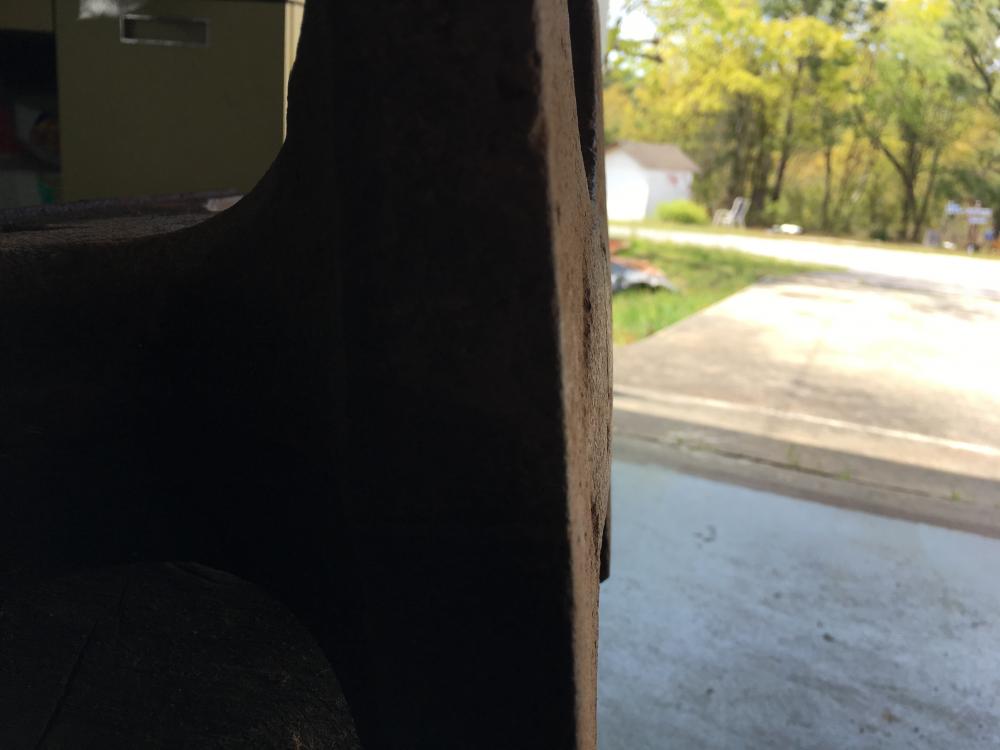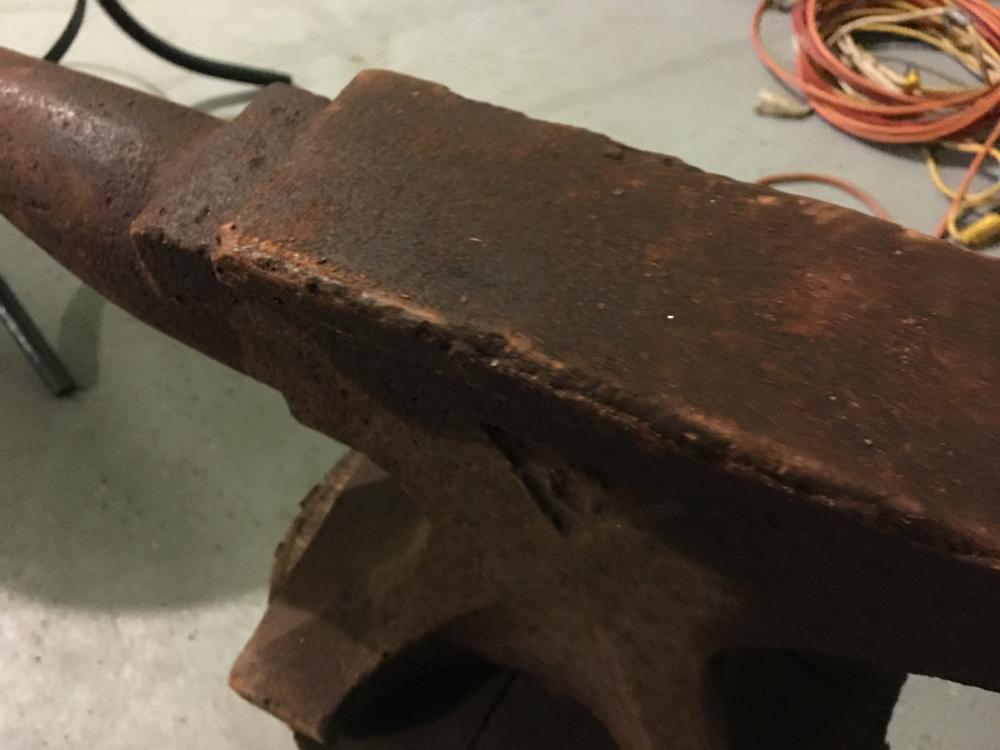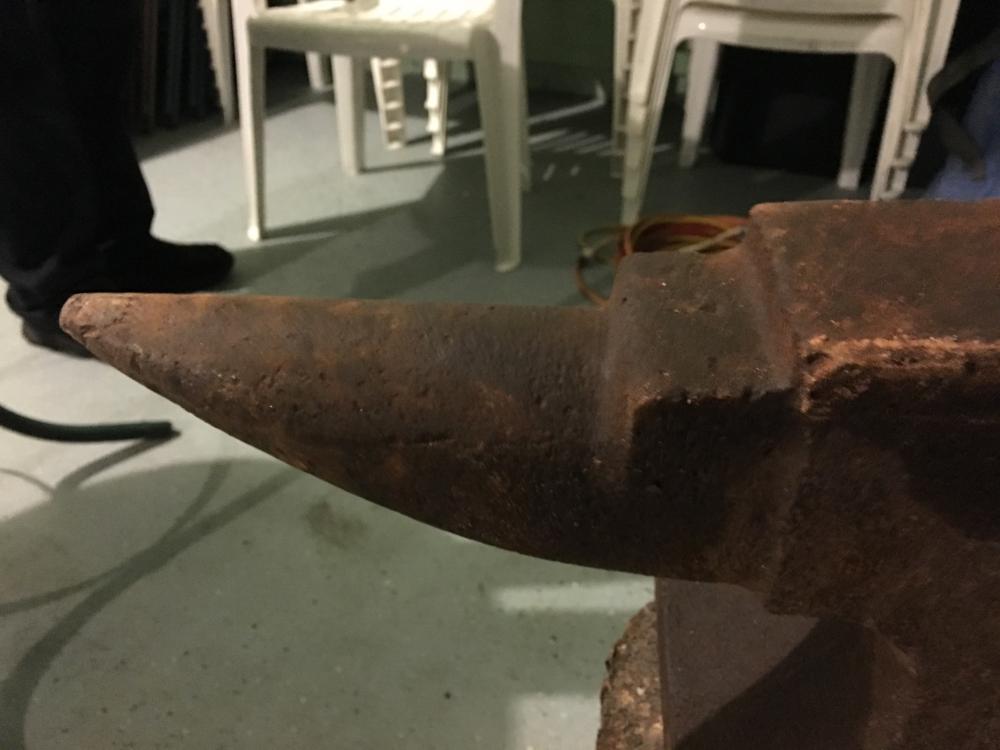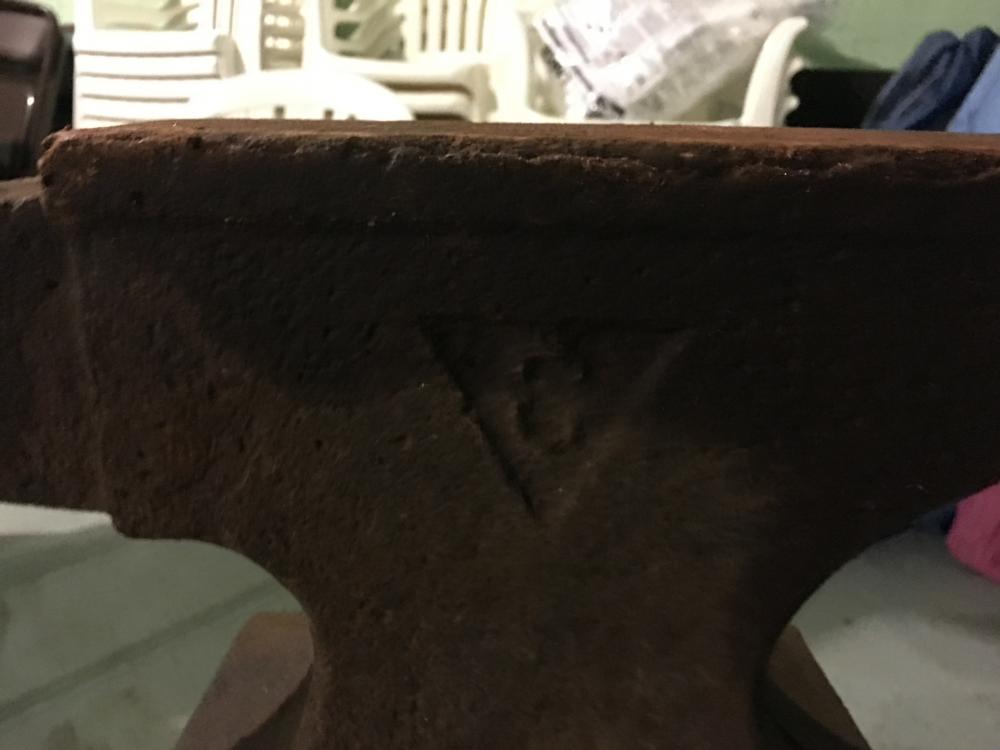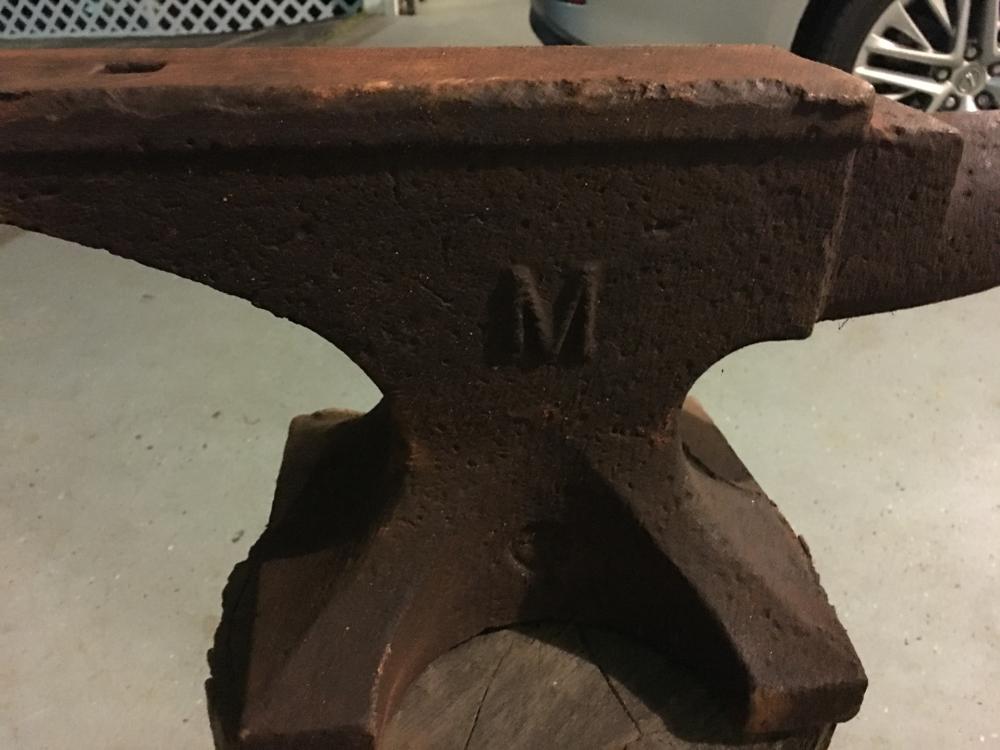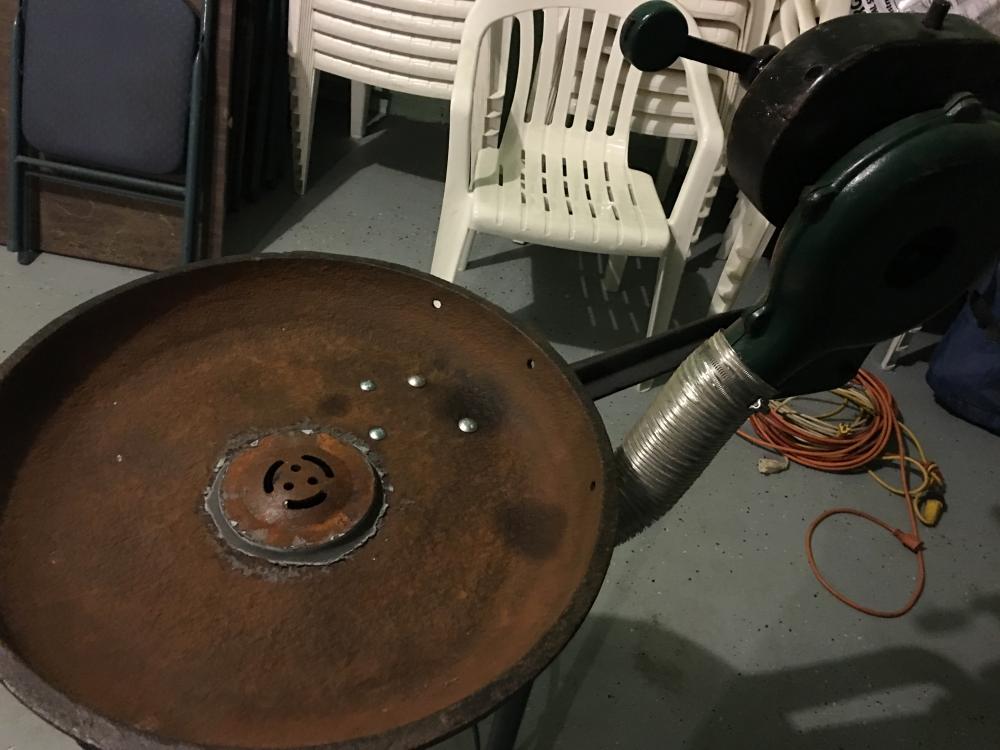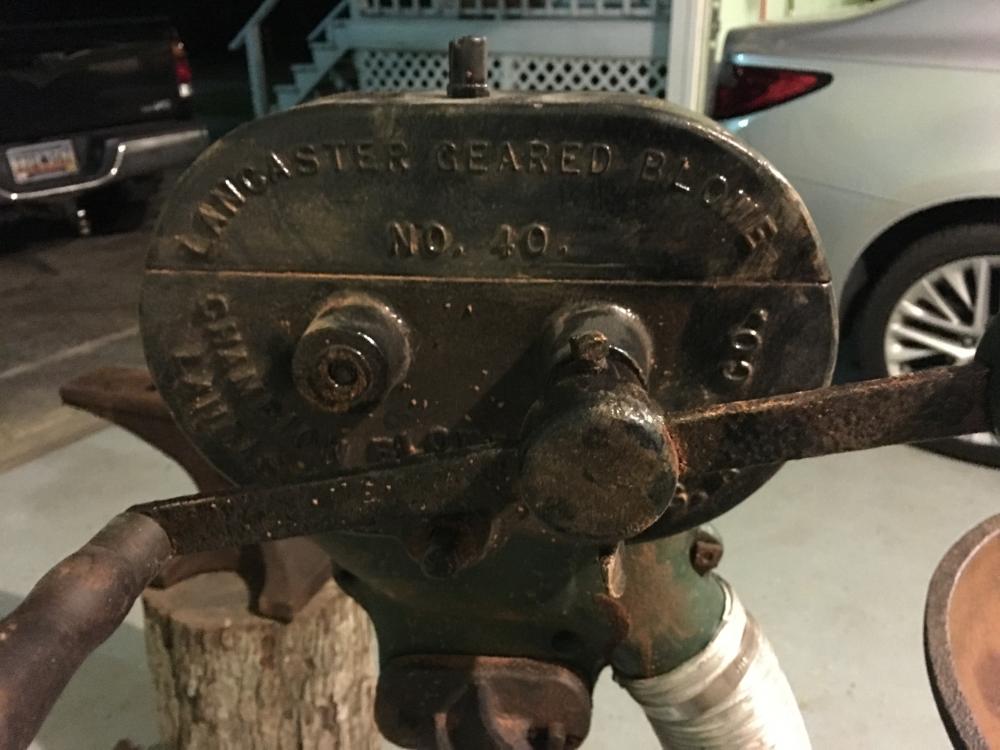
Baldncane
Members-
Posts
24 -
Joined
-
Last visited
Profile Information
-
Gender
Male
-
Location
Lexington, SC
-
Interests
Music, guitars, cigars, whiskey, rebuilding all manner of things, learning new skills
Recent Profile Visitors
18,531 profile views
-
So, I finally got the new mix in! I only had time enough to build a large ring around the fire grate which left about 3” between the ring and the wall of the forge. The ring is about 2 1/2” thick and 4”wide. I let dry for 4 days in varying weather, but never below 50*. It hardened up like cinder block! Then I fired it 3 times with wood and no air, making sure to cover the top of the clay for as even curing as possible. These all went perfectly with no cracking or spalling, nothing! I let it cool fully between firings to see if there was shrinking or cracking. Again, nothing. So, I took it for its inaugural run and it worked beautifully! I made notches on two sides for tool/work pass-through to limit the chance of chipping. This all worked fine. Then, when it was time to shut down, I drug all the coal to the outside of the ring, which had an unintended benefit of killing the fire quickly! It was then I noticed, I had a lateral crack about halfway up the inside wall about 1/4 of the way around. Is there any chance I can patch/cover this or would I just be wasting clay for the inevitable do-over? IDF&C, Thank you for the Birthday condolences! (and all of your help)
-
Brilliant! Today is my birthday and this is a heck of a gift! Thank you very much!
-
That sounds exactly like what I’m looking for! Do you happen to have a photo? Did you clay all the way across at an even thickness then forge the fire pot down into that or do a ducks nest type thing? If the former, about how thick should I go in order to form a pot below it? Either way, I think I might have enough to get me going! Thank you very, very much!
-
Hi again! So, I’d like to begin with what I have and what I’ve tried so far. I have a very thick cast iron rivet forge. If this was EVER meant to be portable, then it must have been for MUCH bigger/stronger dudes than me! (6’4”, 275lbs) It has no identifying marks or instructions to clay, but it certainly could have as it’s missing the original wind screen and I believe the tuyere/champion blower/mounting bracket may have come from a different forge. Currently, I’m struggling with ways to keep the grate in place. When I got the forge it came with a cast iron floor drain of sorts and it was cemented down with what appeared to be furnace cement. It eventually dried up, cracked and completely detached from the forge. Since then, I was given some cone 6 pottery clay. First I tried a gently sloping mound about 12” in diameter that built up just over the lip of the grate. I let it set up for several days uncovered in my garage in South Carolina summer heat. Temps never dropping below 90*. It looked great after drying with minimal shrinking and thin edge cracking. I then fired it slowly, building successively larger fires until finally running a fresh batch of green coal up to near welding heat. This worked for about a week. Then I noticed hairline cracks all over the clay and the entire thing crumbled when I tried to remove the coal for cleaning. I know the suggested method is any found clay, sand, grog, and possibly fire clay. My main question is, will I ever be able to make a cone 6 clay mixture that will withstand these temps and hold this grate in place? I’d like to be able to build up a 4” thick “table” around the grate and then build in a sloping fire pot in the center that holds the grate centered. Right now, the clay is dissolved in a bucket of water to just above a slip consistency. I intend to mix with dry sand until I reach the preferred consistency of ‘clump and crumble’! So sorry for the text wall. I just wanted to give as much detail as possible. tl;dr: I have cone 6 pottery clay and I’m trying to make it work as rivet forge liner/shelf. Will this ever work as I hope? Ok, have at me. Thanks, Ben
-
Opinions on Columbian Anvil
Baldncane replied to Baldncane's topic in Anvils, Swage Blocks, and Mandrels
Kiddcaprix , the edges on that are darn near perfect! Have you notice any issues with the face leaving some of its dimples in your work? Though my edges have seen better days, they cleaned up really well, but the face appears the same texture as the rest of the body. I’m assuming that’s as cast, but I did notice a few marks show up on some thin material I was working on. I suppose I could maybe flap disc the roughest areas, but I’m thinking just leave it alone and see if I can “work” the face smoothe? Any suggestions/tips? I did finally grind off most of that issue on the bottom, but it was extremely tough material to grind! It seems like there may be some hollow spaces underneath it, but I couldn’t quite break through it. -
Thankfully, I only used about 2 square inches that was already precut when I got it. It was not in contact with direct flame as it was used to seal an air gap between top overlapping layers of brick. I also wore gloves and respirator while running for a VERY short time (enough to get the chamber warm, which was about 5-8 minutes). Thanks for the link!
-
Yeah, it was a poor proof of concept for the base. I have some 1/4” plate I’m going to move it to tomorrow. I do have a shutoff valve, but again, I was rushing. This was more an exercise in “wanna see if I can do it” rather than a permanent fixture. As stated, I’m building a much safer forge, I just have to get my stuff together to order from Wayne Coe. I’ll add the shutoff to the mix before doing anything else. I’m going to build a new burner from a more reputable source to go with the new forge which will have much safer plumbing. Thanks for the reminder!
-
Well, I got impatient trying to gather materials to finish my Freon tank forge. I remembered that I bought some split firebrick from a guy on Facebook and decided I would try out the ghetto-tastic burner I made almost a year ago. I found some janky burner build on instructables and followed it to the letter. It doesn’t look good! However, after stacking my bricks in such a way that it could be held in with a cheapo squeeze clamp and wrapped in some ceramic blanket, it shot a, what I thought was impressive, blue flame out of the front of the pile. Ladies and gents, I give you what Ben calls a Pile of Bricks Forge!
-
Opinions on Columbian Anvil
Baldncane replied to Baldncane's topic in Anvils, Swage Blocks, and Mandrels
Frosty, the only “port” I can find is this thing. Is this what it should look like? It seems kinda chewed up. I’ve tried fiddling with it, but it doesn’t really move. Would I just drip oil into this? -
Opinions on Columbian Anvil
Baldncane replied to Baldncane's topic in Anvils, Swage Blocks, and Mandrels
Thank you sirs/ma’am’s! Next up is replacing oil in the blower that leaked out on the ride home! Doing some homework now tor figure out maintenance for it. -
Opinions on Columbian Anvil
Baldncane replied to Baldncane's topic in Anvils, Swage Blocks, and Mandrels
-
Opinions on Columbian Anvil
Baldncane replied to Baldncane's topic in Anvils, Swage Blocks, and Mandrels
I forgot to mention that there seems to be some sort of plate on the bottom that causes the anvil to wobble a great deal. Is that by design or should I consider either removing it or maybe grinding it flat? -
Opinions on Columbian Anvil
Baldncane replied to Baldncane's topic in Anvils, Swage Blocks, and Mandrels
I also scored a wrought iron buggy axel that I found leaning against a tree in my grandmothers yard today! A fine day indeed! -
Opinions on Columbian Anvil
Baldncane replied to Baldncane's topic in Anvils, Swage Blocks, and Mandrels
Mine! Got them both for $600.00! Where I’m from, that’s a pretty decent deal! The anvil needs a good cleaning, but the forge should be good to go! These were supposedly bought together at a hardware store near the seller in 1917. He wanted them to stay together so I obliged! Still looking for the $50 post vise Thomas! :-P (sorry for the photo size) -
Opinions on Columbian Anvil
Baldncane replied to Baldncane's topic in Anvils, Swage Blocks, and Mandrels
JLP, thanks! I’m hopefully going to pick it up this evening!
